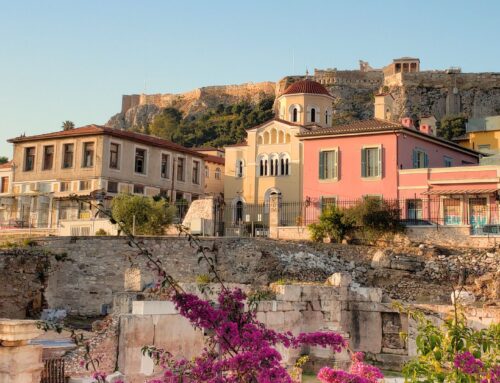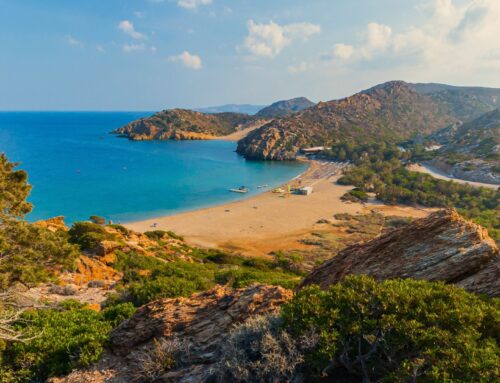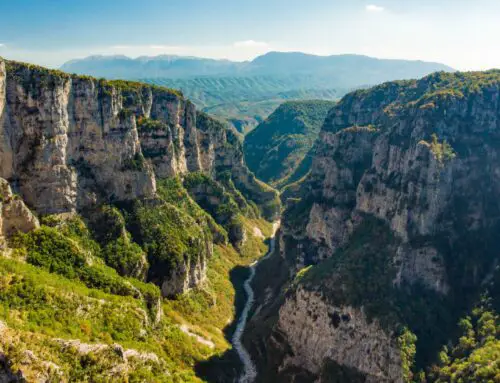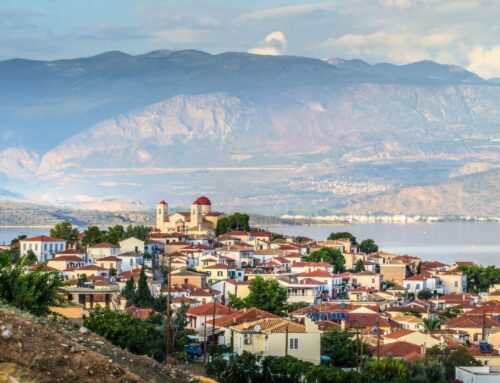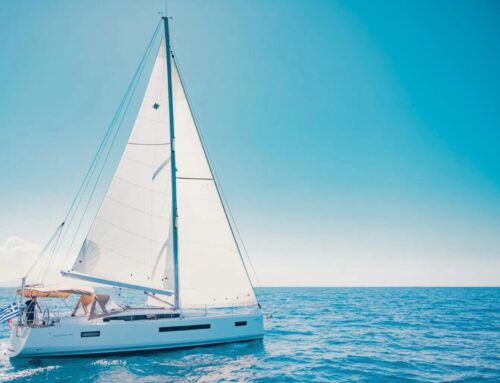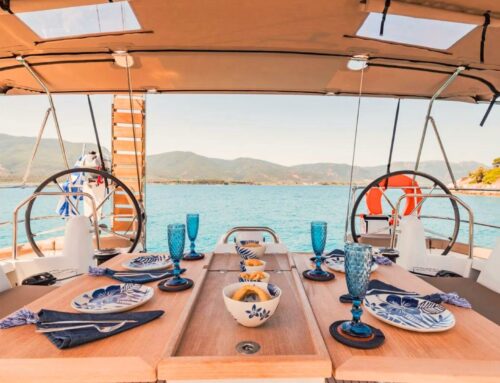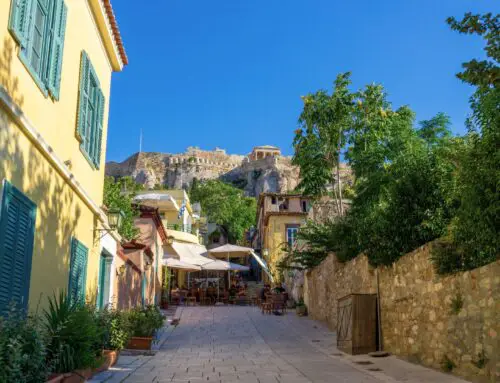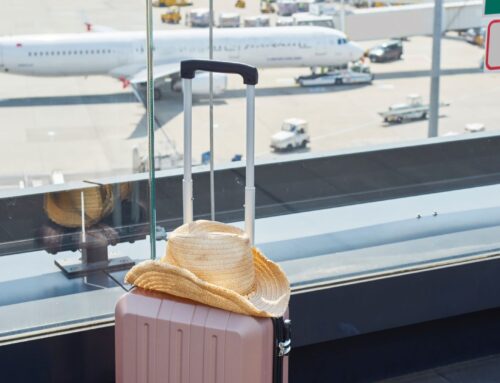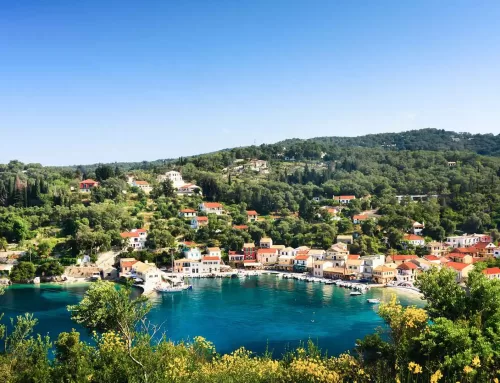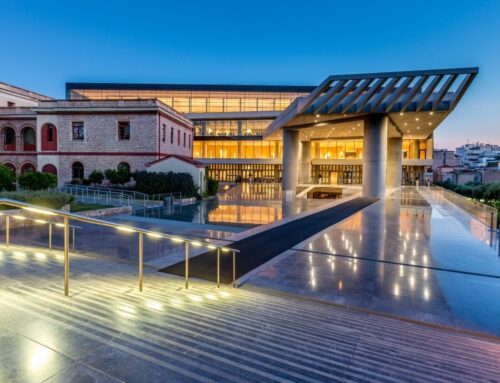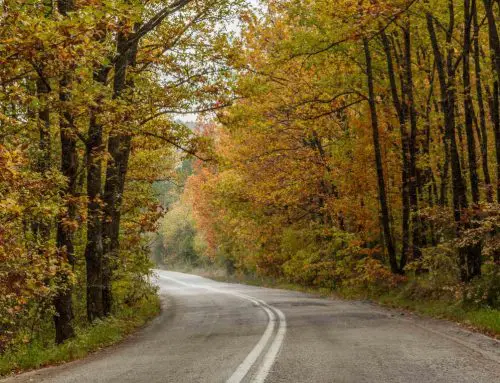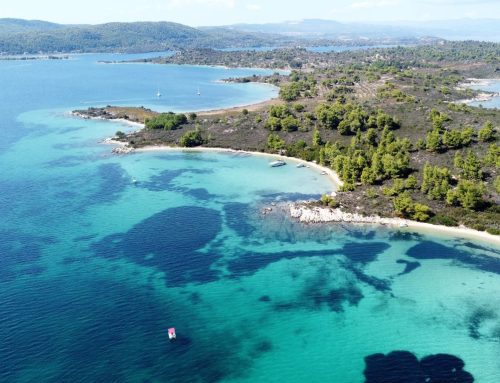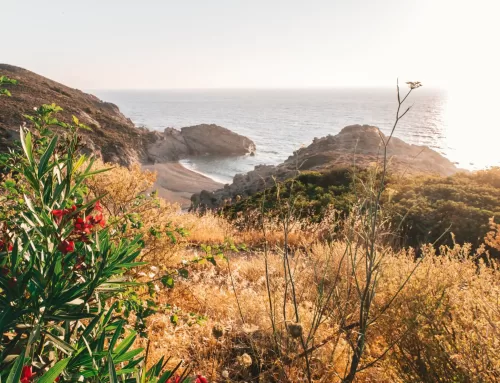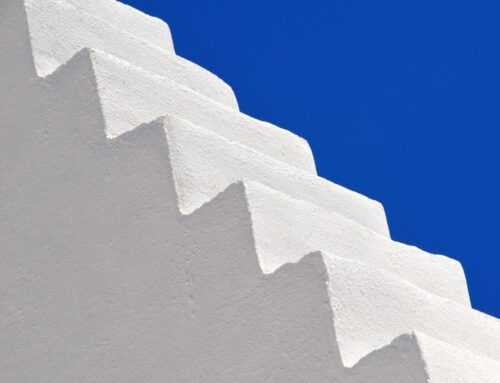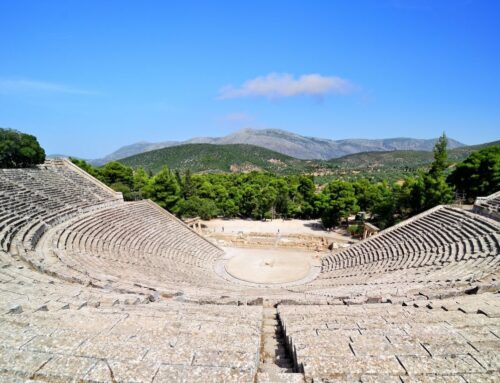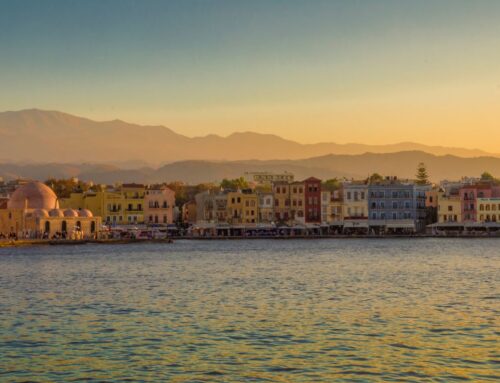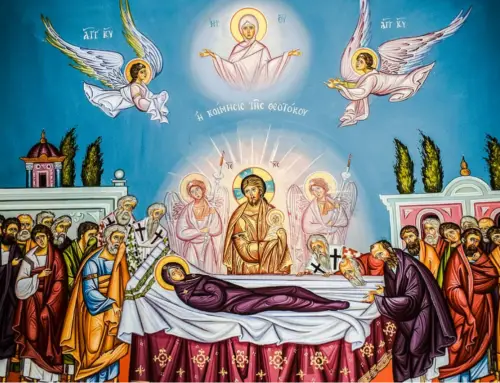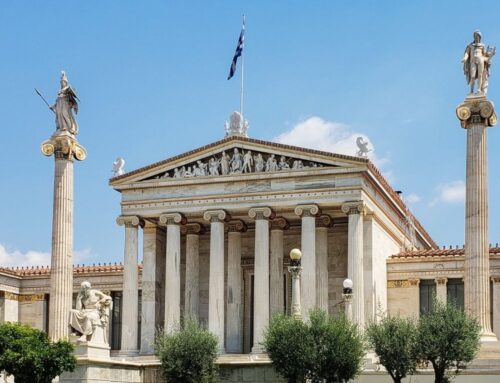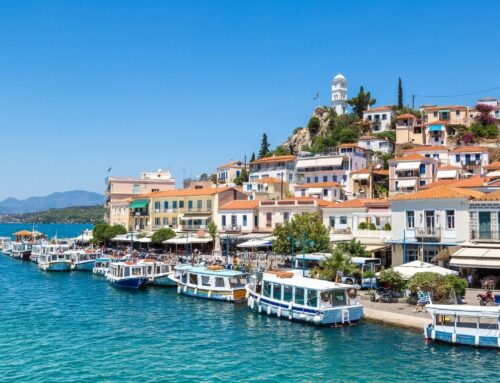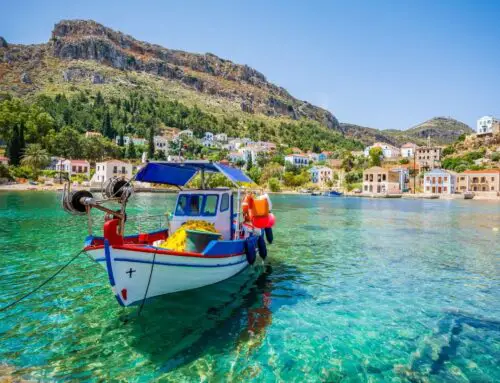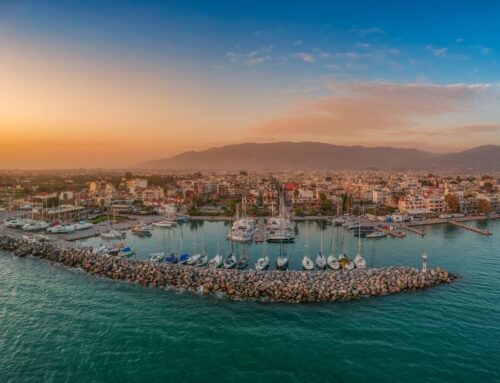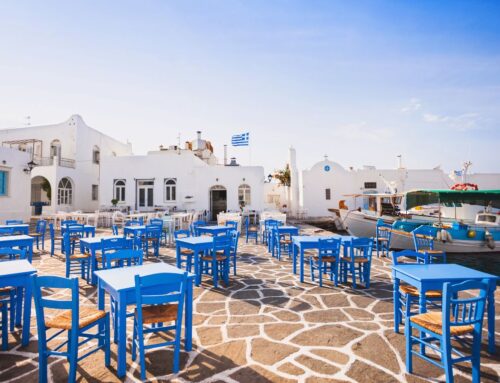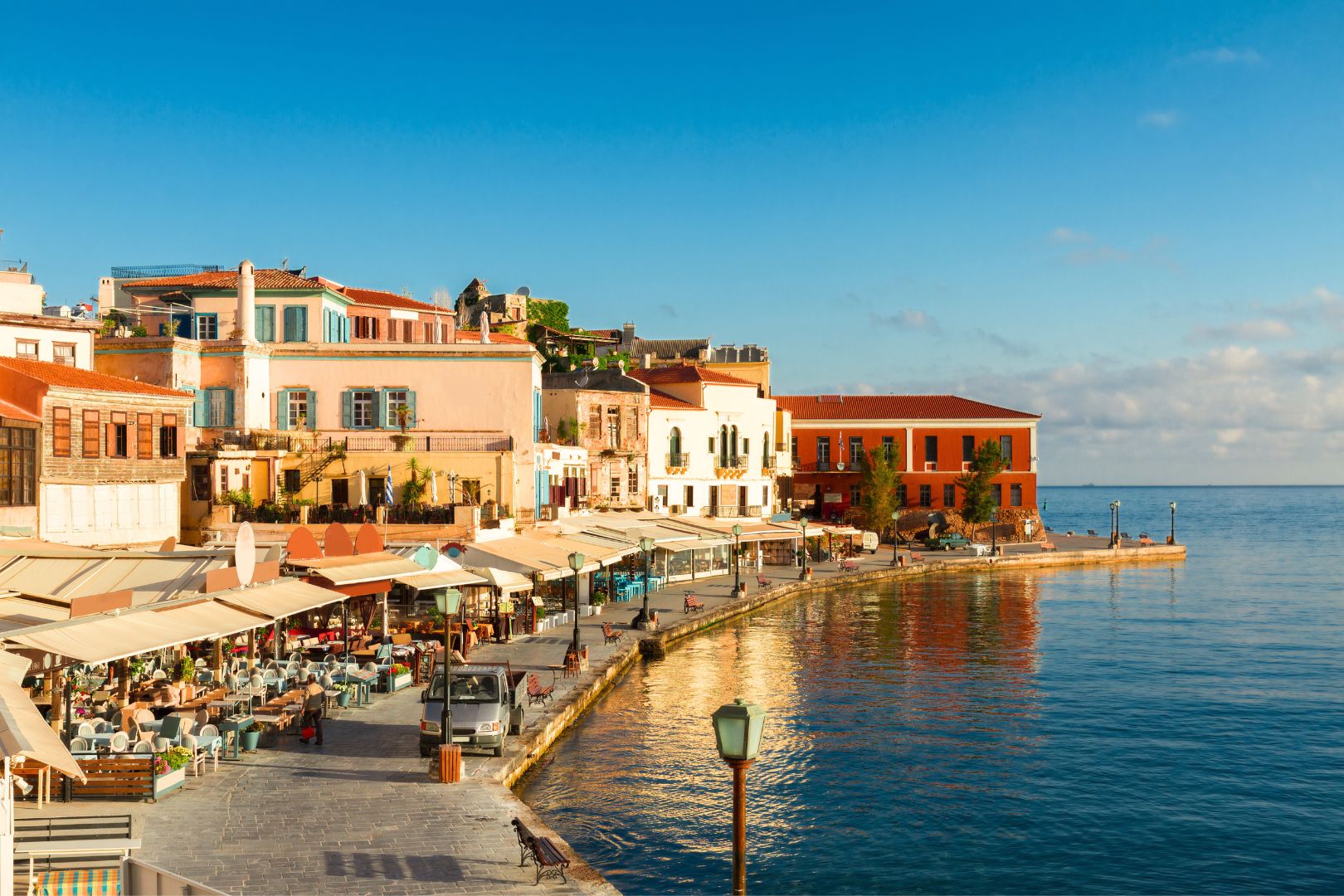
20+ Amazing Things You Can Do In Chania
20+ Amazing Things You Can Do In Chania



☞ Table of Contents:
A master guide for planning your activities and things to do in Chania! If you have ever visited Chania or the island of Crete, in general, you may have felt a certain “spark” that is hard to put into words.
Maybe it is the soul of the Cretan people, maybe the combination of a landscape that is blessed in weather, nature and food. One thing I know for sure? There are not a lot of places on earth I would be glad to be stuck in for eternity, but this city, I am fine with.
Things To Do in Chania – Crete Island
Even though the population of Chania is only around 150,000 people, there is a surprisingly large amount of things to do and see.
Located on the western point of Crete island, Chania attracts thousands of visitors every year looking to relax in its crystal clear waters and soak up the Cretan culture and cuisine.
“There is a kind of flame in Crete – let us call it “soul” – something more powerful than either life or death. There is pride, obstinacy, valor, and together with these something else inexpressible and imponderable, something which makes you rejoice that you are a human being, and at the same time tremble.
N. Kazantakis (Report to Greco)
1. Get Lost In The Alleyways
The city of Chania, as well as most of Crete, has seen Arab, Venetian and Byzantine invaders that have left their mark on the architecture and general atmosphere of the town. The alleyways around the port remind one of an extensive labyrinth, with no clear entry or exit point and numerous entertainment options along the way. While you can of course shop, dine and explore museums hidden away within the cobblestone paths, there is also much to be said about the simple act of getting lost exploring the area.
While you leisurely stroll along the alleys, take the time to also look up or down. Architectural gems can be found all around.
2. Have Dinner With A View Of The Lighthouse
The lighthouse guarding the port entrance of Chania is one of the most famous and important monuments in Greece. Constructed in the 16th century under the Venetian occupation it is still one of the top attractions in Chania and many an evening can be pleasantly spent taking slow walks around the area.
For the best spot, pick one of the restaurants directly opposite and enjoy your dinner as the sun sets over the Aegean Sea.
3. Shop for Souvenirs
There is no shortage of souvenirs for the seasoned traveller to choose from.
The Knife District is one option that is unique to Crete and so are the handmade ceramics on offer that are both functional and incredibly pretty to look at. The “leather street” or “stivanadika” is another area visitors should explore for high-quality leather goods that is where the original shoemakers had their workshops. Sandals, belts, bags and wallets can all be found along this small stretch of road.
Don’t forget to haggle on the price and shop around for the best value for money.
4. Soak Up The History at Splantzia
At the time of the Ottoman occupation, the area around Splantzia square was the quarter of the Muslim population, a fact that becomes obvious by the distinctive architectural differences in the houses.
At the centre of the square stands a massive plane tree. While it currently offers its shade as a refreshing spot to sip Greek coffee, this was also the place where Greek partisans fighting against the Ottoman empire were tortured and executed. The two churches in the area, Agios Nikolaos and St Rocco are also worth a visit.
5. Explore the Knife District
There are a ton of vintage and antique shops around the centre of Chania that carry unexpected treasures.
One such area is Sifaka street. Its grand past may be somewhat obscured at the moment by the restaurants and cafes that cater to international visitors, but this was once a quiet street where few tourists ventured, that was locally named “the knife district”. There is a lot to be said about how knife making and the Cretan soul became intertwined after centuries of battles and occupations and it is often a story best told by one of the original knife makers that still hold shop along this street. It is, however, important to mention that knives, apart from their practical use and their ability to defend in times of trouble, were also a sentimental item that signified one’s place of origin and connection to the homeland.
If you walk down Sifaka street, only a few roads up from the main harbour area, you will find exquisitely crafted knives that are made on-site in furnaces and that have short limericks, called mantinades carved on them.
So what do these 15 syllable rhyming couplets talk about? Well, it really depends on who is saying them. From introducing themselves, to commenting on the weather, love, pain and loss, mantinades are an important aspect of the Cretan identity.
Getting a knife specially made for you is a special way to commemorate your trip and a treasured memory of a craft that may not exist for much longer.
6. Go Into The Old Agora
Agora means market, and this closed building has been the beating heart of the city since its opening at the start of the 20th century.
The old Agora is an emblematic building, designed by a Greek architect who was inspired by the vaulted market of Marseille. With four doors in each of its wings, it has housed fruit vendors, butchers, fish stalls and taverns and even though it currently also caters to the souvenir type of market as well, it still remains a popular place for locals to shop and dine in.
If you are feeling adventurous after a night out, head to the Agora in the early hours of the morning for a local hangover remedy, tripe soup!
The market is scheduled to be fully or partially closed due to renovations.
Updates: It is still closed for renovations – May 2024
7. Cool Down With a Swim
Due to the location of Crete, summer can begin as early as April and good weather can last until mid-October.
Indeed, it is not uncommon for tourists to arrive well after “summer” has ended in August or mid-September. In terms of beaches, you are spoilt for choice.
If you do not want to travel far from the centre of the city, then the beach of Nea Chora offers over 1km of sand and plenty of amenities to keep young and old equally entertained. Restaurants and cafes in the area mean that you can keep sunbathing while tasting Cretan delicacies. The regional unit of Chania includes dozens of jaw-dropping beaches, like Falassarna, Balos reserve (which is a Natura 2000 protected site) and Elafonisi (the famous pink-hued sandy inlet).
☞ Related: Greek Beaches You Definitely Need On Your Bucket List
8. Take A Cooking Class
One of the things to do in Chania is to delve deeper into what the Cretan cuisine is all about. Yes, chances are you will be eating some amazing meals but that simply may not allow you to understand the intricate flavours combined or the process of carefully putting all the ingredients together to create delicate pies.
For a truly unique and authentic experience, head out of Chania and east towards the traditional village of Vamos.
After heading into the local market for produce, guests make their way to an old and partly renovated oil mill, where they are guided through the preparation of Cretan meals.
Whether it is cuttlefish with fennel, the famous escargots, dolmadakia (stuffed vine leaves) or kaltsounia (which are sweet cheese pies) your senses will be at the real risk of being overwhelmed with the aromas and tastes on offer.
No cooking class is complete of course, without sitting down and enjoying the fruits of your labour!
For more information regarding cooking classes at Vamos Village check here.
9. Take up “raki” drinking
When people usually hear about raki, they draw comparisons to pastis, ouzo, absinthe and arak.
What do all of these have in common? Well, apart from their potency, they share anise seed flavours and the ability to make people not used to drinking it, quite drunk, quite fast. Raki is a Cretan right of passage, once symbolized by how many small bottles you could collect on your table. With a minimum alcohol concentration of 37 per cent, it is easy to see how a little can go a long way. Nowadays, you will probably be served a small chilled bottle of raki (or tsikoudia) as an aperitif after a meal or when visiting a friend. Here the purpose is not to get drunk but to socialize. Small sips, coupled with good company, good food and usually some song and dance.
Do not forget to pick up a couple of bottles before leaving the island. For those not quite fond of the flavour, there are other local varieties to appease, such as rakomelo (honey raki). Feeling more adventurous? Try out orange, coffee, strawberry, caramel or almond raki.
10. Visit Maleme – WW II War Cemetery
One of the most important reminders of the World War II history in Crete is the war cemetery of Maleme.
To reach Maleme drive west for 23km along either the highway or the coastal road which gives you a chance to look at the resorts. From the 15,000 fallen German soldiers from around Greece, 4,465 found their final resting place in Maleme, with the rest in the 2nd German cemetery in Athens.
Most of the soldiers were paratroopers who lost their lives during the invasion of Crete on the morning of the 20th of May in 1941
11. Discover The Monasteries
There are many renowned monasteries around the area of Chania.
Although not the most famous, the Katholiko, is a ruined monastery whose original founder is believed to be St John the Hermit, who led an ascetic life in a cave nearby and survived on wild greens and carobs. To reach the ruins you will have to walk for about 1km. While there are no sources to confirm the claim, Katholiko appears to be the oldest monastery in Crete.
Nearby, is Gouverneto Monastery, built in 1537 during the Venetian period by Catholic monks and abandoned during the Turkish occupation. The monastery is dedicated to the Virgin and there are strict visitation rules for people wishing to enter the grounds.
The monastery of Chrysoskalitissa can be combined with your visit to the southwestern beaches like Elafonisi. Built 35 meters high with great views over the Libyan Sea, its name is a reference to the legend that one of its 98 steps was made out of gold”chryso”. One version states that the golden step is still visible to the most devout Christians while the other claims that the step was probably sold off during the Turkish occupation. It now operates as a nunnery and women wishing to visit will be required to cover their arms and legs before entering.
12. Have a Sweet Dessert at “Koukouvagia”
This is a spot that deserves to be on the list of everyone visiting Chania.
Popular among locals and tourists alike it is only a 5 min drive away from the centre heading up towards the hill of Prophet Elias and the Venizelos Graves. Koukouvaya means “owl” a name that was given either because of its last inhabitants or due to its use as an anti-aircraft battery during World War II.
The first thing one will notice as they come through the shop is the variety of all things “owl related”. Proceeds from the memorabilia, including lighters, mugs and carved decorations all go towards a local centre for autistic children. “
But what brings most visitors through its door, apart from the panoramic view of the bay of Chania, are the desserts. There is no word to describe the decadent experience awaiting the lucky visitor. Their signature chocolate cake covered in chocolate sauce is aptly named “Zoumero” or “moist” and its recipe is a well-guarded secret.
While a chocolate lover myself, I am most inclined towards those desserts that combine multiple ingredients in unique and refreshing ways. “Erasmia” is a chocolate sponge cake with an orange custard layer and an added orange glaze served with a healthy dose of whipped cream.
Another standout choice? Igloo. This domed shape dessert has layers of chocolate and vanilla custard topped with crunchy caramelized almond crumbs that create an irresistible texture.
Out of the more than two dozen handmade desserts on offer, you will be hard pressed to find a bad choice and while the prices are reasonable the sizes are enough for seconds later when you are still craving something sweet. Come with a friend to try out a few different options or splurge on your favourites. I think everyone will understand!
13. Watch a Movie At The Outdoor Cinema
A historic and quaint little cinema that operates all year round, with open-air performances during the summer.
Attikon Cinema first opened its doors more than 65 years ago and is a beloved spot for locals and international visitors. Some traffic noise is to be expected but the sounds of cicadas carry you away for a different experience of movie watching.
14. Shop For Pottery and Watch the Masters at Hand
Pottery making is an art form that can still be found in places like Chania.
Down a charming little street only a few steps away from Starbucks (a place that is used more as a landmark than a coffee spot by the locals) you will find Flakatoras Ceramics. This family-run business has been going for more than 15 years, creating modern pieces with traditional techniques. Pop in to get a full tour by one of the brothers or friendly staff. The tour will take you through the history of ceramics, the stages, the kiln and the molds and you can even get lessons on the pottery wheel.
I won’t blame you if you are surprised by their youth. It seems like entrepreneurship runs in the Cretan blood no matter what the age.
15. Visit the Venizelos Graves
Very close to Koukouvaya are the Venizelos Graves, named after the charismatic and beloved “ethnarch” Eleftherios Venizelos that was elected as Prime Minister of Greece eight times, through the difficult period between 1910 and 1933. In the same area, visitors can see the tomb of his son Sofoklis Venizelos who was also elected Prime Minister three times. Eleftherios Venizelos was an integral part of the unification of Crete with the Greek state, which you can read more about in the area. Apart from the marvelous panoramic view of the bay below, people can also visit the church of Prophet Elias that sits beneath the shade of pine trees.
Tip: While not too far away from the centre, if you have no car, consider getting a Hop on – Hop off bus fare, that will take you to the graves amongst all other famous landmarks.
16. Pop into the Maritime Museum
The Maritime Museum is prominently housed in the entrance of what was once the city’s port entrance. The Fortress or FIRKA was constructed by the Venetians and used as barracks during the Ottoman occupation, which is where the name FIRKA originated from.
Visitors nowadays can be guided through the Greek maritime traditions of the times. The two floors of exhibitions include a wealth of items and photos relating to WWII and the bravery shown by the Cretan people during the Battle of Crete together with the ANZAC forces of Australia and New Zealand.
17. Do an Olive Oil Tasting
There is no denying the importance of olive oil for the Mediterranean way of life.
From production to consumption and everything in between, the path towards a good bottle of olive oil is worth exploring by visiting a factory and having a tour of the premises. Extra virgin olive oil (EVOO) is the healthiest and tastiest you can find, and Cretans have a long and proud tradition in olive oil making. After all, Greeks have some of the highest consumption of olive oil per year, averaging more than 20 kilograms per person.
For a day of exploring out of the city, head east towards Rethymno, outside the traditional village of Vryses. The Boudourakis family that runs Kanakis Olive Mill, take guests through a tasting of the products on offer, starting with the priced Koronaiko olive oil, that is known within Greece to be fruity and sweet. The shop area has countless products, from olives to raki (the Cretan vodka), to handmade soaps and household items carved out of olive wood.
18. Hike Samaria Gorge
Open from the 1st of May till mid-October Samaria gorge is part of an extensive National Park within the White Mountains of Crete.
It is over 16km long and at its narrowest point, it is little more than 3m across. Apart from the beauty in scenery, the gorge is home to a variety of flora and fauna, a lot of which is endemic to Crete and some that are stenoendemic, that is unique to a specific area within the National Park in which they grow. The gorge can be accessed either from the north (Xyloskalo) or south (near the village of Agia Roumeli). Start from the north so you can enjoy a refreshing swim and a hearty meal at one of the taverns along the fishing village of Agia Roumeli.
19. Experience a Cretan festival or “panigiri”
Dozens of panigiria take place every summer around Chania and dozens more in Crete and all of the Greek islands around the country.
Panigiria are religious celebrations of village patron saints that often have a religious and a social or celebratory component. First, people head to the church to pray and pay their respects. Then they head to a predetermined area, often the biggest village square, and sit in communal tables, where the feast begins. The hours are long, entertaining and joyful. Plates sometimes get smashed, dancing is a must and good wine and company complete the ideal picture.
A great resource with the dates of the biggest festivals around the island, including Chania, can be found here.
19. Search for Local Taverns
While it is pretty hard to get a bad meal in Crete, some spots are better at providing unique experiences than others.
If you are looking for the most authentic and local vibe you can possibly get, head out of the city centre and up towards one of the many mountainous villages and their taverns. You may need to ask around and plan your visit well. Some of the taverns are only open for dinner and can appear unimpressive to the casual observer.
About 20km south of Chania, the windy roads will bring you to the small village of Drakona. There, head chef and owner Stelios Trilirakis opened a restaurant that he aimed would encapsulate the aromas and recipes of all he knew from his mother and grandmother. For that, everything sourced had to be produced locally and cooked using traditional methods, so, that is how the tavern ended up with a bakery, an open fire oven and meals that are made and served in simmering clay pots. Visitors are instantly made to feel welcome and Stelios will even show you around the farm and kitchen. If all that wasn’t enough, ingredients are certified organic.
Try the meat pies, lamb or goat stew and of course the grilled vegetables.
20. See the Wildlife on the Way to Theriso
Driving south from Chania, the mountainous village of Theriso is a popular choice for locals in winter and picnics in the spring (and not far away from Ntounias restaurant). The bed of the gorge runs along the road that steadily and narrowly climbs up the mountain to reach the small village. Population? 113. Theriso makes for an enjoyable visit, even if you are not active and enthusiastic about gorges, hiking and nature exploring. This small village, protected high in the mountains is where the Cretan revolution began under the guidance of Eleftherios Venizelos.
If you are lucky enough, you may also get to see “kri-kri” hanging out on the vertical cliffs around the road. These wild Cretan Abex can only be found on the island of Crete and are usually shy and tend to avoid humans.
21. Take a Sailing Trip Around the Bay
If you are looking to see the area from a different point a view, jump on a boat and let the expertise of the captains drive you to the best swimming spots while you learn more about the history and culture of the island of Crete and of course taste the local delicacies.
Check out Sail in Chania
*Disclaimer: This page might include affiliate links. If you decide to book something through one of them, I might get a little bonus, but it won't cost you anything extra.*

